Gaétan Marceau Caron
CableInspect-AD: An Expert-Annotated Anomaly Detection Dataset
Sep 30, 2024



Abstract:Machine learning models are increasingly being deployed in real-world contexts. However, systematic studies on their transferability to specific and critical applications are underrepresented in the research literature. An important example is visual anomaly detection (VAD) for robotic power line inspection. While existing VAD methods perform well in controlled environments, real-world scenarios present diverse and unexpected anomalies that current datasets fail to capture. To address this gap, we introduce $\textit{CableInspect-AD}$, a high-quality, publicly available dataset created and annotated by domain experts from Hydro-Qu\'ebec, a Canadian public utility. This dataset includes high-resolution images with challenging real-world anomalies, covering defects with varying severity levels. To address the challenges of collecting diverse anomalous and nominal examples for setting a detection threshold, we propose an enhancement to the celebrated PatchCore algorithm. This enhancement enables its use in scenarios with limited labeled data. We also present a comprehensive evaluation protocol based on cross-validation to assess models' performances. We evaluate our $\textit{Enhanced-PatchCore}$ for few-shot and many-shot detection, and Vision-Language Models for zero-shot detection. While promising, these models struggle to detect all anomalies, highlighting the dataset's value as a challenging benchmark for the broader research community. Project page: https://mila-iqia.github.io/cableinspect-ad/.
A Practical Survey on Faster and Lighter Transformers
Mar 26, 2021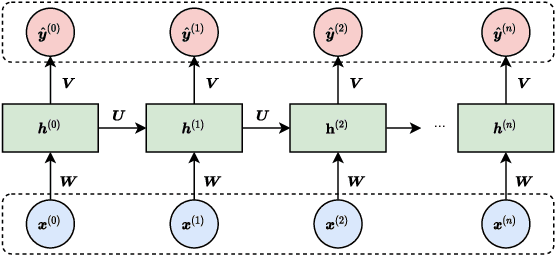
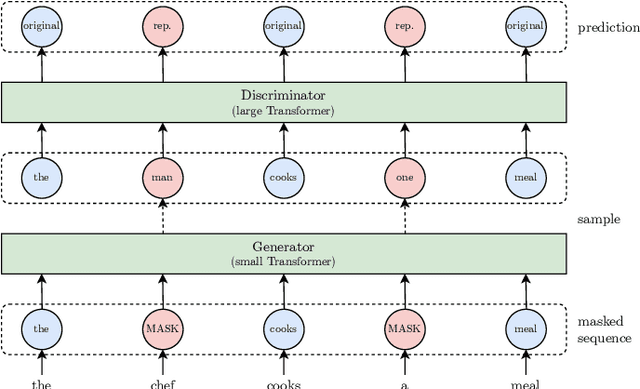

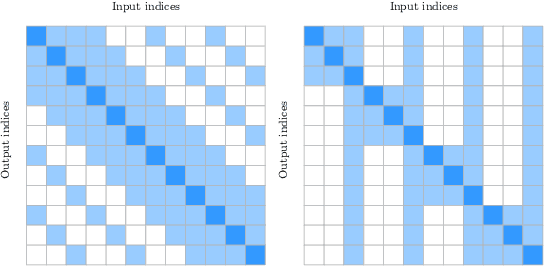
Abstract:Recurrent neural networks are effective models to process sequences. However, they are unable to learn long-term dependencies because of their inherent sequential nature. As a solution, Vaswani et al. introduced the Transformer, a model solely based on the attention mechanism that is able to relate any two positions of the input sequence, hence modelling arbitrary long dependencies. The Transformer has improved the state-of-the-art across numerous sequence modelling tasks. However, its effectiveness comes at the expense of a quadratic computational and memory complexity with respect to the sequence length, hindering its adoption. Fortunately, the deep learning community has always been interested in improving the models' efficiency, leading to a plethora of solutions such as parameter sharing, pruning, mixed-precision, and knowledge distillation. Recently, researchers have directly addressed the Transformer's limitation by designing lower-complexity alternatives such as the Longformer, Reformer, Linformer, and Performer. However, due to the wide range of solutions, it has become challenging for the deep learning community to determine which methods to apply in practice to meet the desired trade-off between capacity, computation, and memory. This survey addresses this issue by investigating popular approaches to make the Transformer faster and lighter and by providing a comprehensive explanation of the methods' strengths, limitations, and underlying assumptions.
COVI-AgentSim: an Agent-based Model for Evaluating Methods of Digital Contact Tracing
Oct 30, 2020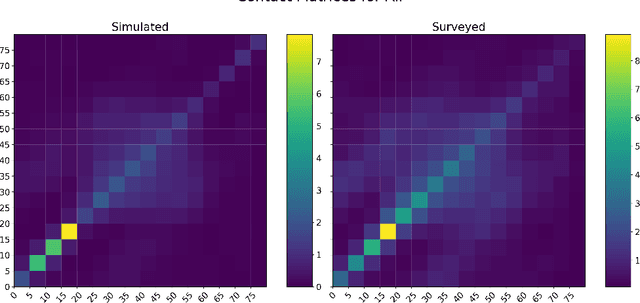
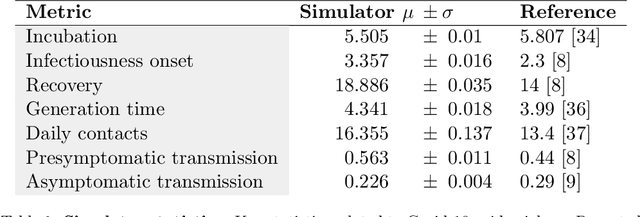
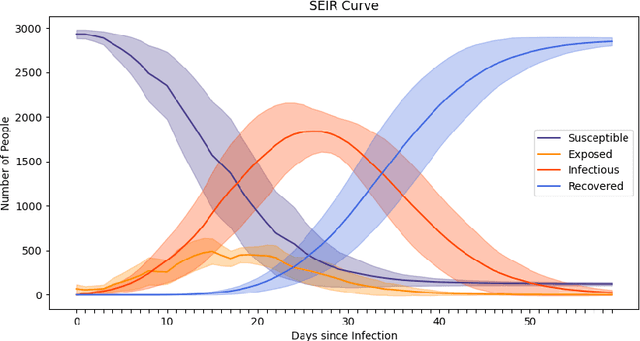
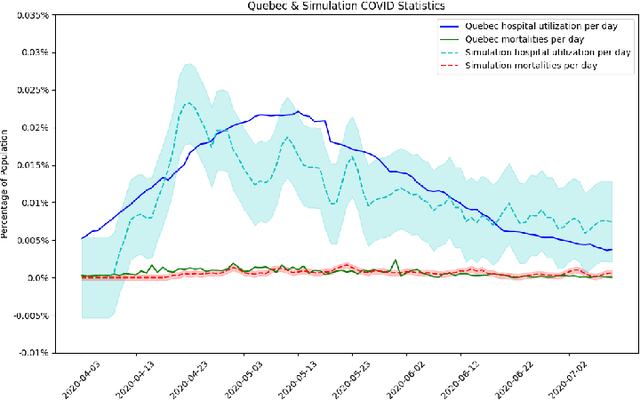
Abstract:The rapid global spread of COVID-19 has led to an unprecedented demand for effective methods to mitigate the spread of the disease, and various digital contact tracing (DCT) methods have emerged as a component of the solution. In order to make informed public health choices, there is a need for tools which allow evaluation and comparison of DCT methods. We introduce an agent-based compartmental simulator we call COVI-AgentSim, integrating detailed consideration of virology, disease progression, social contact networks, and mobility patterns, based on parameters derived from empirical research. We verify by comparing to real data that COVI-AgentSim is able to reproduce realistic COVID-19 spread dynamics, and perform a sensitivity analysis to verify that the relative performance of contact tracing methods are consistent across a range of settings. We use COVI-AgentSim to perform cost-benefit analyses comparing no DCT to: 1) standard binary contact tracing (BCT) that assigns binary recommendations based on binary test results; and 2) a rule-based method for feature-based contact tracing (FCT) that assigns a graded level of recommendation based on diverse individual features. We find all DCT methods consistently reduce the spread of the disease, and that the advantage of FCT over BCT is maintained over a wide range of adoption rates. Feature-based methods of contact tracing avert more disability-adjusted life years (DALYs) per socioeconomic cost (measured by productive hours lost). Our results suggest any DCT method can help save lives, support re-opening of economies, and prevent second-wave outbreaks, and that FCT methods are a promising direction for enriching BCT using self-reported symptoms, yielding earlier warning signals and a significantly reduced spread of the virus per socioeconomic cost.
 Add to Chrome
Add to Chrome Add to Firefox
Add to Firefox Add to Edge
Add to Edge